Introducing Company A, an aspiring exporter looking to optimise its export administration process. The company’s export unit has begun researching the various export administration steps but finds the whole process overwhelming, especially when it comes to producing the documents required at various stages of the process. Those concerned understand why the documents may be required but are confused how to acquire and complete them. This is a common problem for many aspiring exporters as both export administration processes and documentary requirements tend to change over time.

To help Company A better understand why so many documents are required and what they are for, we will now explain why they are integral to a typical export sequence (note that all documents are depicted in italics):
A Typical Export Administration Sequence
Company A receives an enquiry to quote for the supply of a set amount of goods. Company A responds by issuing a quotation, provided they can meet the deliverables, which may take the form of a proforma invoice. The proforma invoice contains all the terms and conditions of sale which will form a part of a letter of credit or a potential import permit for the importer.
Upon acceptance of the quote, the importer creates a purchase order in which the company states its intent to purchase the specified goods. This may be followed by a copy of an import licence which authorises the importation of foreign goods and which may be required by foreign customs for import clearance at the port of entry.

Company A prepares an order confirmation which is followed by a contract of sale which, unless the export transaction is a complex one involving many shipments over a period of time, is encompassed in a commercial invoice. This document establishes the parameters of the agreement between you and your buyer with regard to the sale of goods. Should the goods in question be listed by your government as prohibited, an application for export facilities will need to be completed and submitted to the relevant government authority in your country, in order for an export licence/permit to be issued.
What we have described here is only the beginning of a typical export transaction. There are still multiple steps and documents involved in forwarding and clearing cargo, all of which play a key role in the entire process.
To ensure you understand all aspects of export administration, Trade Forward Southern Africa, in collaboration with the International Trade Institute of Southern Africa (ITRISA), has created a comprehensive online training course that provides training on all aspects of export administration, including how to calculate applicable customs duties and how clearing agents can assist you, to name but a few. Click the links below to sign up for free and get started on your export administration training.
To sign up to the School of Export CLICK HERE.
If you already have a profile, CLICK HERE to login to begin the module.
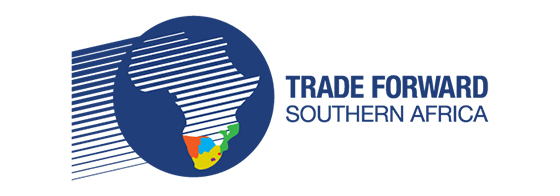
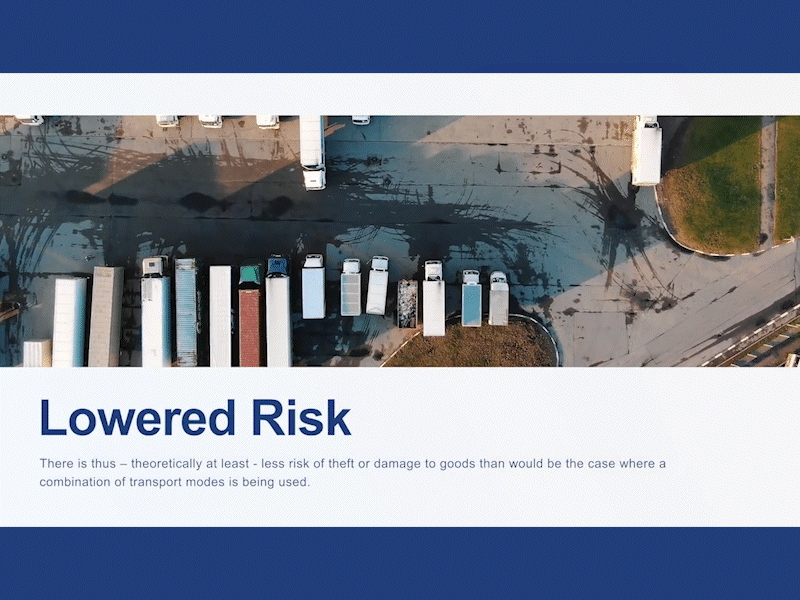
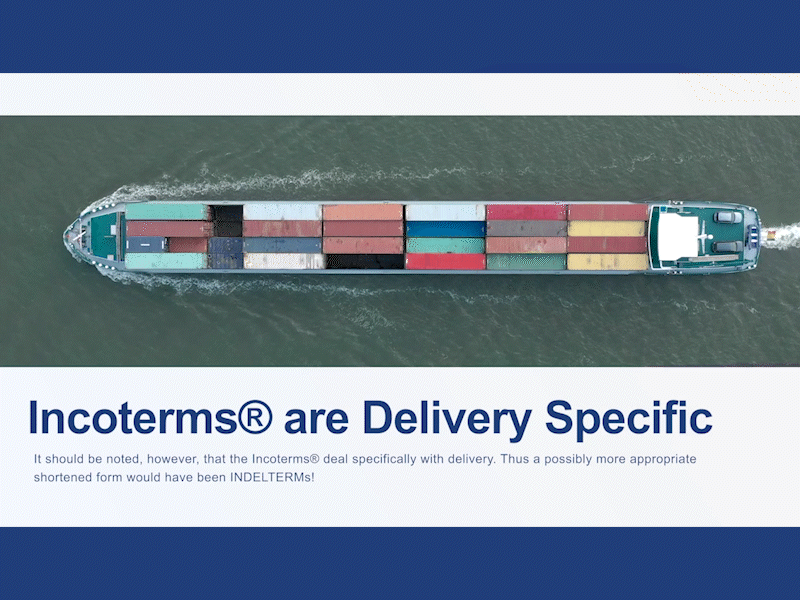
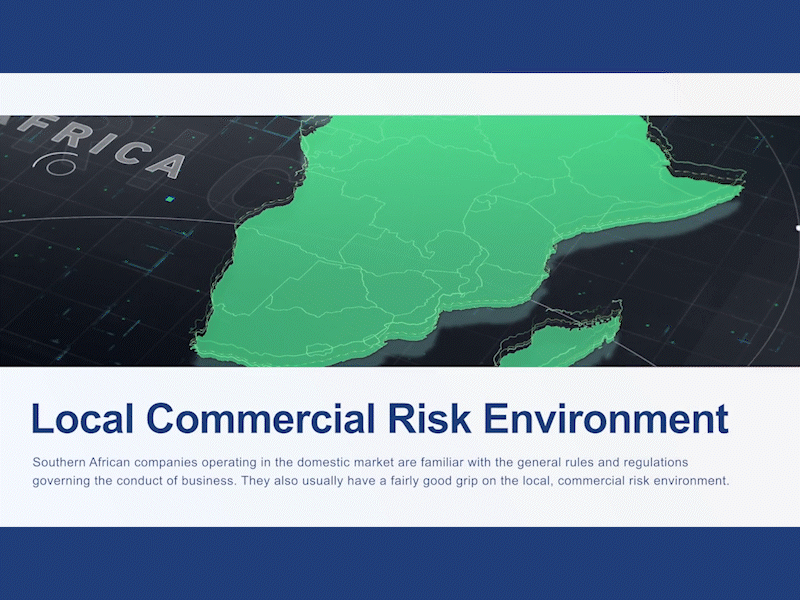
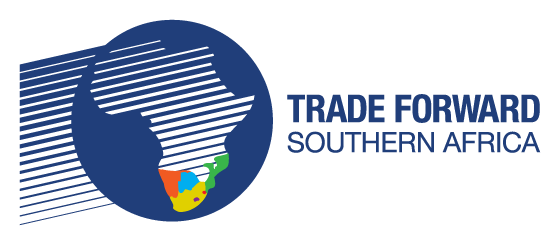





Leave a Reply